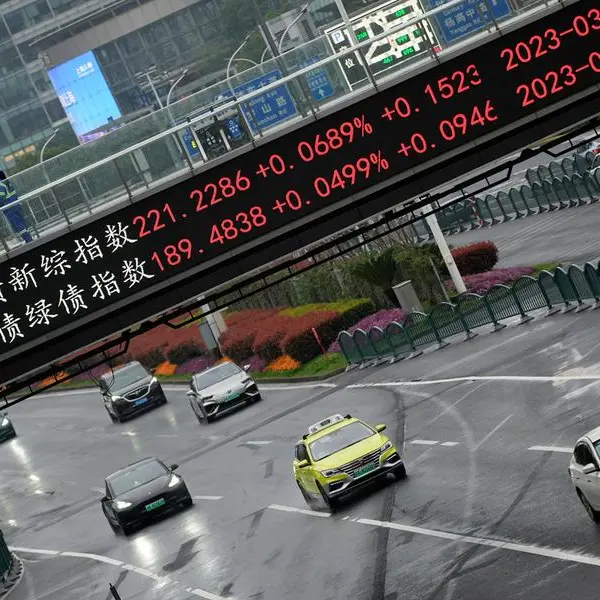It’s official – President Donald Trump has raised the existing 10 percent tariff to 25 percent on $200 billion worth of Chinese goods shipped to the United States, the net result being that there is now a 25 percent tariff imposed on a total of $250 billion worth of Chinese products. After a week-long sell-off in anticipation of new tariffs, there was an uncharacteristic reaction from Asian stock markets to the confirmation.
The Shanghai Composite Index initially pared gains but rebounded to a new intraday high. The Nikkei 225 reversed losses after its lunch break, while many other Asian stocks remain in positive territory. The unexpected price action in Asian equities could be due to optimism that the United States and China can still find a resolution to this long-standing issue with trade talks set to continue on Friday in Washington.
Safe haven assets such as gold and the Japanese yen are little changed at the time of writing, instead of surging as one may come to expect following an escalation in trade tensions between the two largest economies in the world.
Meanwhile, Brent futures are refusing to take things lying down, and look set to continue testing the $71 per barrel level. However, beyond the initial price movements, the escalation of trade tensions between the United States and China could be negative for global GDP momentum, and it would be expected that oil markets would find themselves under negative pressure from concerns over the global economy in the long run.
More trade drama ahead?
Investors will try to ascertain next what China’s “necessary countermeasures” will entail exactly, and whether this path will eventually lead to Trump pressing ahead with the 25 percent tariff on a separate $325 billion worth of Chinese goods. Noting that subsequent moves are only expected to ramp up tensions between the U.S. and China, such posturing on both sides begs the question – how much further does this tit-for-tat tariff track go on for?
Judging by 2018 trade figures from the U.S. Census Bureau, about 47 percent of Chinese imports into the United States currently have tariffs levied on them, while 91 percent of U.S. goods sent to China are subjected to tariffs. This indicates that the United States has more mileage to implement tariffs than the other way around.
Should tariffs be imposed on all U.S.-China trade, this will very likely raise the prospect of a global economic downturn and severely dent the year-to-date gains for riskier assets. Keep in mind that, according to calculations by Bloomberg Economics, using OECD data, some 1 percent of global GDP is exposed to risks stemming from U.S.-China trade risks. Ramped up trade tensions could have broader ramifications beyond the exchange of goods and services between the world’s two largest economies, potentially feeding fears in the global financial markets and impact consumer spending as well, while affecting other countries that are intertwined in the global supply chain.
The saving grace amid all these trade tensions is that trade talks in Washington are set to continue on Friday, offering markets a silver line of hope that a positive breakthrough may still be on the cards. Until then markets will remain on the edge of their seats, amid scant signs of a much-needed positive headline from these persistent negotiations.
To read more market analysis from FXTM please visit: FXTM.
Disclaimer: This written/visual material is comprised of personal opinions and ideas. The content should not be construed as containing any type of investment advice and/or a solicitation for any transactions. It does not imply an obligation to purchase investment services, nor does it guarantee or predict future performance. FXTM, its affiliates, agents, directors, officers or employees do not guarantee the accuracy, validity, timeliness or completeness of any information or data made available and assume no liability for any loss arising from any investment based on the same.
Risk Warning: CFDs are complex instruments and come with a high risk of losing money rapidly due to leverage. You should consider whether you understand how CFDs work and whether you can afford to take the high risk of losing your money.
Any opinions expressed here are the author’s own.
Disclaimer: This article is provided for informational purposes only. The content does not provide tax, legal or investment advice or opinion regarding the suitability, value or profitability of any particular security, portfolio or investment strategy. Read our full disclaimer policy here.
© Opinion 2019











